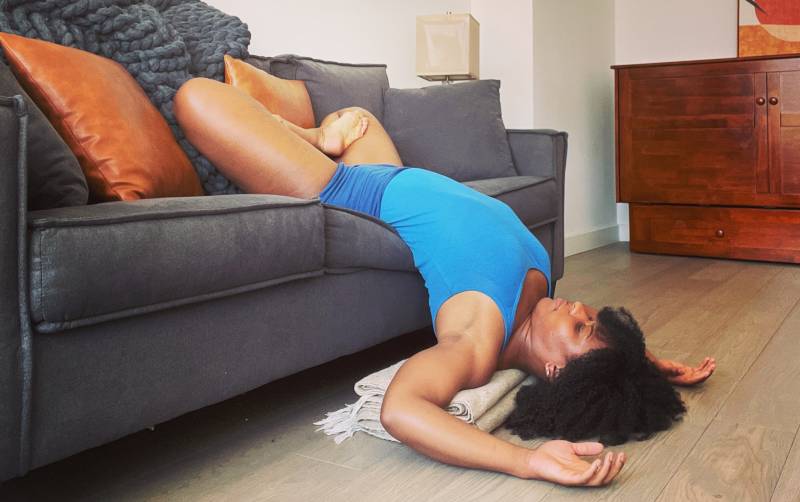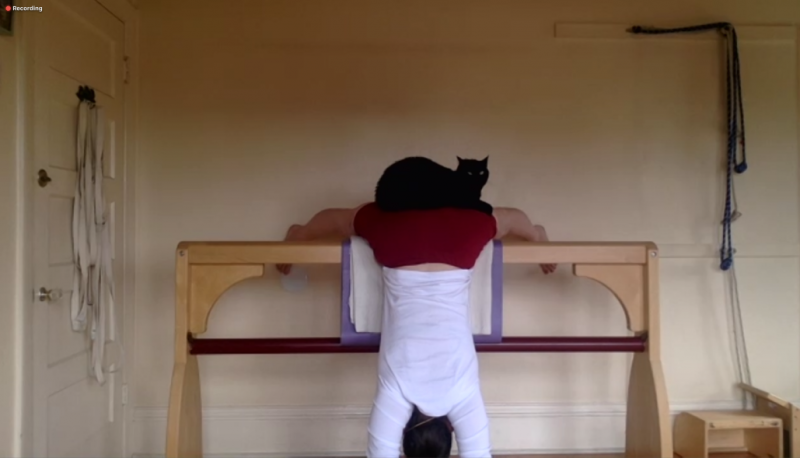“We had experiences with the culture of whiteness, essentially in yoga, showing up and dominating the space,” Patel said, reflecting on when she first began her yoga teacher training. “And also not just dominating the space, but falling into the typical class and race hierarchy, tropes of making power dynamics and racializing our identities in a way that felt really exclusionary and very harmful.”
This experience motivated Patel to bring the practice back to its cultural roots by recentering South Asian instructors. And with the flexibility of teaching online, she’s had the opportunity to invite a teacher from India to lead a South Asian LGBTQIA+ practice.
“These are things I never really dreamed of,” Patel said. “Because of the devastation of the pandemic, this little seed was able to flourish and grow into what it is now.”
Patel plans to continue teaching exclusively online. Her yoga community has expanded over the last few years and half of the instructors at her studio are now based in California — garnering a huge following on the West Coast.
With this growth of interest in virtual classes, Judith Carlisle, the yoga studies instructor, points out that these online platforms can help bring more attention to BIPOC instructors, and especially South Asian instructors.
“You can almost think of this as a type of digital activism, because by pursuing these things, you make them more available to other people, just like any other market economy,” Carlisle said. “We have to remember that yoga is a product that is commoditized and commercialized within a market economy.”
As a result of the pandemic, yoga will continue to exist in a hybrid space — both online and offline. But, regardless of where a class is being held, Haxo Phillips said it’s still possible to cultivate a comfortable atmosphere for all identities.


